Generally, when doing things by the book/IPC, then shrink tube should not be necessary on DB9 solder cups, because the need for them implicitly means that the solder job was botched somehow.
Common problems would be: peeled the insulation too far or melted it, used too much solder, placed the wires at bad angles, got solder wetting on the outside of the cup etc etc.
However, these are a classic example of connectors that the majority who haven't gotten professional IPC soldering certification will definitely mess up. And then shrink tubing can be used for damage control purposes. Note: shrink tubing will rarely cause any harm!
This is how you formally solder DB9 and similar solder cup connectors:
- Use AWG26 wire with multiple strands.
- Peel the wires in advance at a fixed length equal to the depth of the solder cup.
- Gather the strands gently with your fingers - don't twist them together with force, they should follow the natural twist they had before you peeled.
- Pre-solder the wires by covering the exposed wire with solder. Easiest way to do this without melting the insulation is to start with the tip close to it, then move the tip outwards towards the cut.
- Fixate the DB9 with a vise or similar.
- Cut off a bit of your ~0.5mm solder and leave it inside each cup.
- Heat the cups from the outside while inserting the prepared wire. Wire straight along the cup, obviously, with no space in between.
- There should be no solder leaking out or wetting on the outside of the cup, or touching the iron tip etc.
- If everything is correct, the plastic insulation of the wire now ends exactly where the cup begins, no part of the peeled wire is exposed, the insulation isn't melted and of course there needs to be proper wetting in the joint itself.
This would be as per the highest IPC requirement for solder certification, military use and the like. Very few people solder DB9 this carefully!
I certainly don't when I just need some quick & dirty lab cable assembly done, rather than spending some 30 minutes on a single DB9. And that's when the shrink tube comes in - to hide away your quick & dirty solder job...
Also these solder cup connectors are a pretty horrible invention in my opinion, since you often get mechanical strain at the solder joints. Shrink tube could help slightly in catching that blow, though if doing things by the book, then some proper external strain relief mechanism should of course be used. I would generally recommend to forget all about solder cup DB9 if possible and use IDC versions instead, they are far more rugged and reliable.
